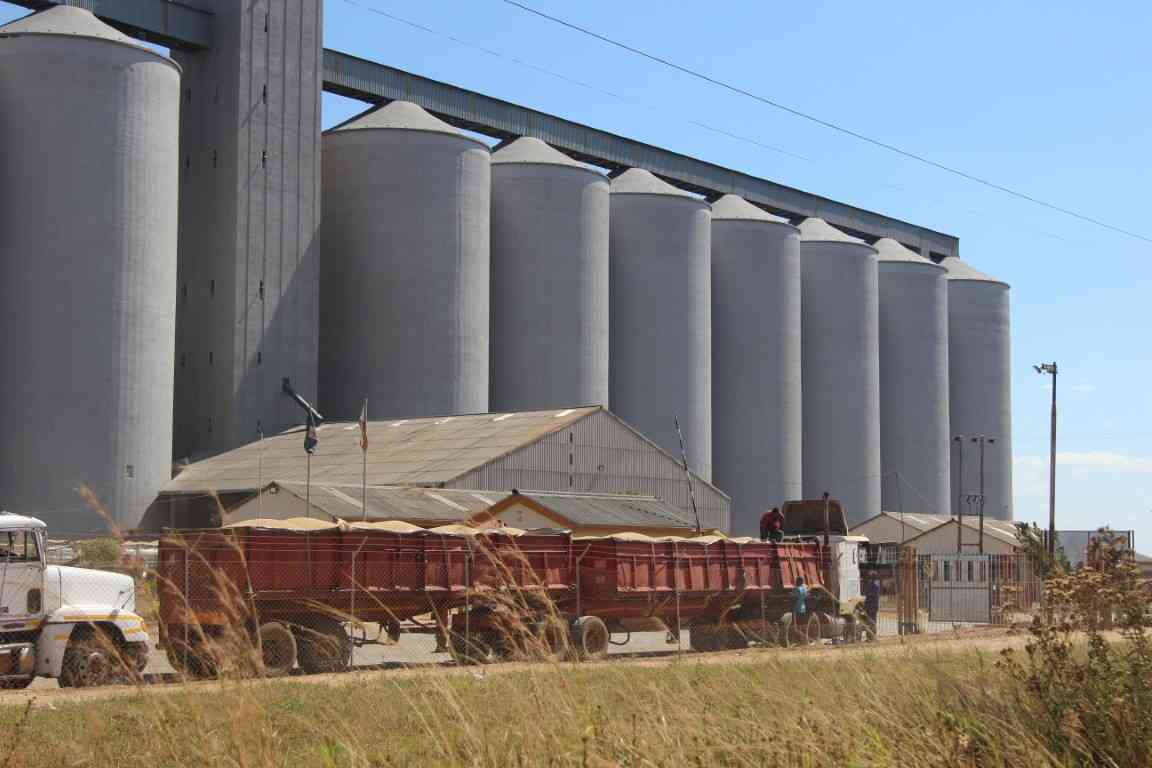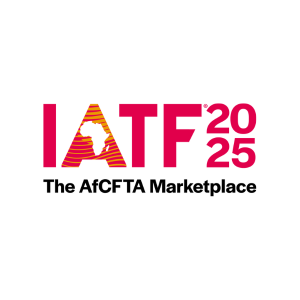
UNCOMPETITIVE prices offered by the government and formal market systems are a major reason why most African agricultural raw commodities are found in informal markets, if not on the streets.
Using Zimbabwe as an example, where the Grain Marketing Board (GMB) buys sugar beans at US$750 per metric tonne, territorial markets like Mbare will be buying at a minimum of US$1 980 (US$33 per bucket times 60 buckets). Where the GMB buys shelled groundnuts at US$500 per metric tonne, the Mbare market gives the same commodity a value of US$1 800 per metric tonne. Indigenous commodities like pearl millet and finger millet that are bought for US$390 per metric tonne by the GMB fetch US$840 per metric tonne in Mbare and other open markets.
What does this mean?
Disparities between prices offered by government institutions like the GMB and mass markets push farmers away from institutional markets to mass markets that, unfortunately, do not receive adequate support in the form of appropriate infrastructure and quality control. By offering uncompetitive prices, the GMB and other government institutions are not only demoralising farmers but also compromising the food and nutrition security contribution of other commodities like groundnuts and small grains.
These neglected commodities are left to private players who offer better prices but later manipulate prices after stocking such commodities.
It also means GMB unknowingly becomes an aggregator for private players who find it cheaper to buy sugar beans from GMB at US$750/metric tonne and sell to the mass market at two and a half times the GMB price. Private players also find it more profitable to buy groundnuts from GMB at US$500/metric tonne and offload on the mass market at four times the GMB price. By doing that, private players earn the money that was supposed to go directly to the farmer if the marketing system were carefully designed to empower the farmer. They might be patriotic enough to appreciate the importance of ensuring national food security by selling commodities through government institutions like the GMB, but farmers are also commercially-minded and need a high income.
When uncompetitive prices offered by government institutions compel farmers to sell on the open market, growth of the processing industry is hampered because the supply of raw materials will be coming through third or fourth hands of middlemen who are merely speculative stockists.
Once the price of raw materials becomes too high for business viability, processors should not be blamed for importing cheaper raw commodities. For those who insist on using local groundnuts to process peanut butter, the ripple effect is that locally-processed peanut butter will attract comparatively higher prices than imported peanut butter or related substitutes.
- Letter from America: The death of the Zimbabwe dollar shows the King has no clothes
- Deputy minister in GMB theft scandal
- ZITF: The hits, misses of 62nd edition
- ZITF: The hits, misses of 62nd edition
Keep Reading
Unviable markets marginalise indigenous commodities
Indigenous commodities like legumes and small grains are at more risk of market failure. Most of these commodities do very well in drought-prone regions where they are central to local communities’ food security and resilience. Unfortunately, these commodities are not receiving much attention in terms of better prices and value-added technologies.
Commodities that anchor lives in more than half of the districts across the country should be prioritised with appropriate value addition technologies. Value chains of indigenous crops have remained too short due to lack of investment in value addition when compared to maize, soya and wheat.
What could be the promising solutions?
Policymakers and parastatals should cultivate market-friendly policies for all commodities as opposed to focusing on so-called strategic crops. Institutions like GMB should facilitate aggregation in production zones so that different buyers procure from local production zones. This will enable many farmers to participate in the market since they will not incur huge transport costs. When GMB facilitates aggregation and warehousing at local level, benefits will go directly to the farmer. The focus should not just be about filling silos but allowing prices of commodities to appreciate so that benefits go directly to the producer not middlemen or processor.
This is where the warehouse receipt system (WRS) should come in, if properly framed, accompanied by financial institutions. The WRS can be linked to millers/processors and financiers so that millers/processors get commodities on bank guarantee while the bank provides advance payment to farmers. As millers/processors sell products to end-users, they repay to the bank and the bank pays the balance to farmers. Viable markets that offer better prices should be developed during gluts when diverse commodities are abundant.
Harnessing economies of scale and recognising quality
Investing in structured marketing systems can be extended to horticultural commodities and indigenous poultry whose market trends continue to be unpredictable. Eventually a strong agency model can be introduced where, for instance, traders can access potatoes directly from farmers and repay as they sell. Where there is no proper distribution, prices don’t differentiate between the cost of transporting commodities from different distances to urban markets. Cost of transport becomes a bigger market determinant than quality of commodities. For instance, although Nyanga potatoes can be preferred and of high quality, they will not have different prices from those from Beatrice. Special markets should be developed for high quality products so that quality influences pricing. Production areas that supply high quality commodities from an agro-ecological or nutrition perspective should receive premium prices from the market as an incentive for raising quality standards. It is through aggregation of commodities in production zones that farmers can benefit from economies of scale. For instance, instead of incurring costs by transporting their small volumes of potatoes to urban markets, smallholder farmers in Bende area of Nyanga can simply supply at the local aggregation centre and receive their payment there.
Harnessing the power of data collection
Low prices are normally associated with production areas or markets that are closer to production areas because almost everyone has the same commodity.
Instead of continuing to provide agronomic advice to farmers, government extension agents can collect data and statistics at local level to be able to see what is ready for the market in the next few months. Such data can inform aggregation unlike seeking statistics when commodities are already in different markets. When aggregation is properly institutionalised, it becomes a local market model that empowers farmers and minimise costs of mobilising commodities for different buyers. Local youth can simply mobilise goats and other commodities at a growth point for buyers to come and buy rather than each buyer moving around the community searching for scattered commodities. This marketing model can assist in managing local resources by showing what is going out and what is coming into the community. Students on attachment should work with farmers in managing local value chains.
- Charles Dhewa is a proactive knowledge broker and management specialist.











